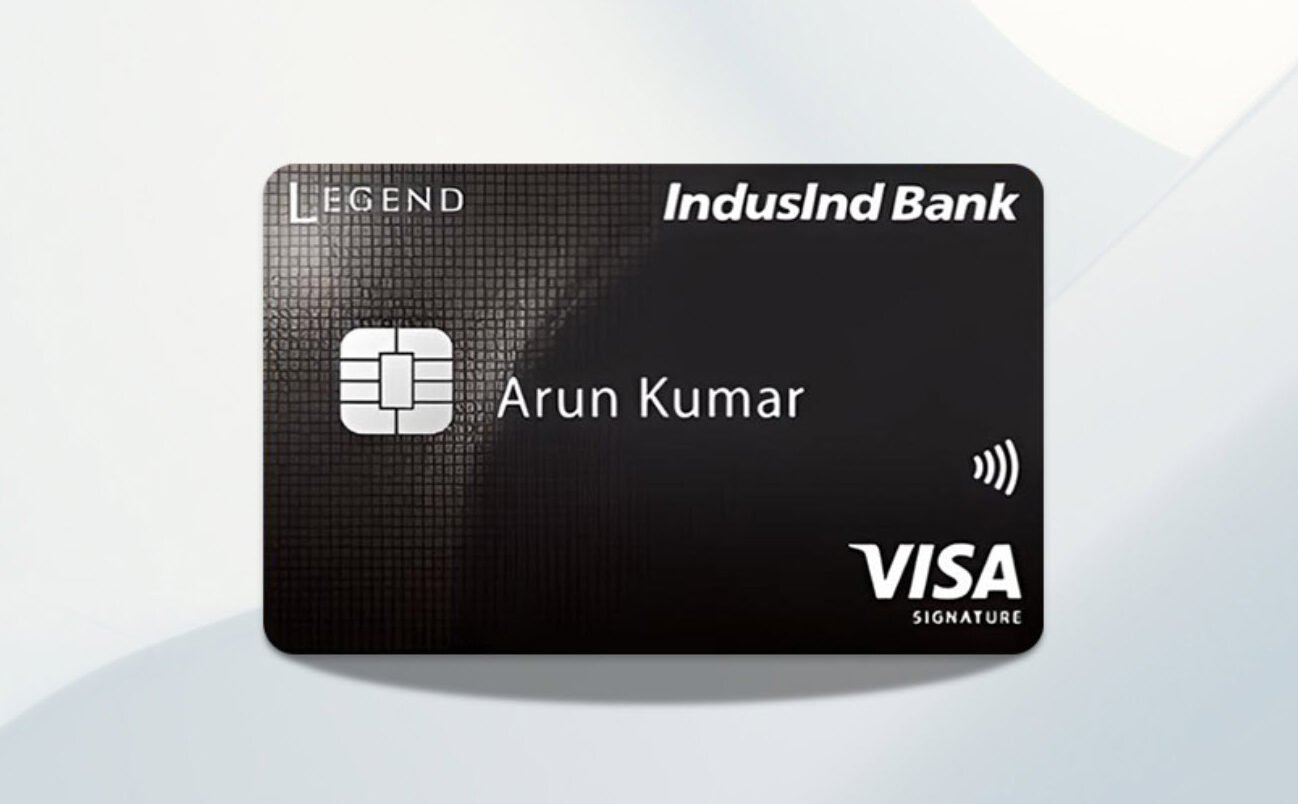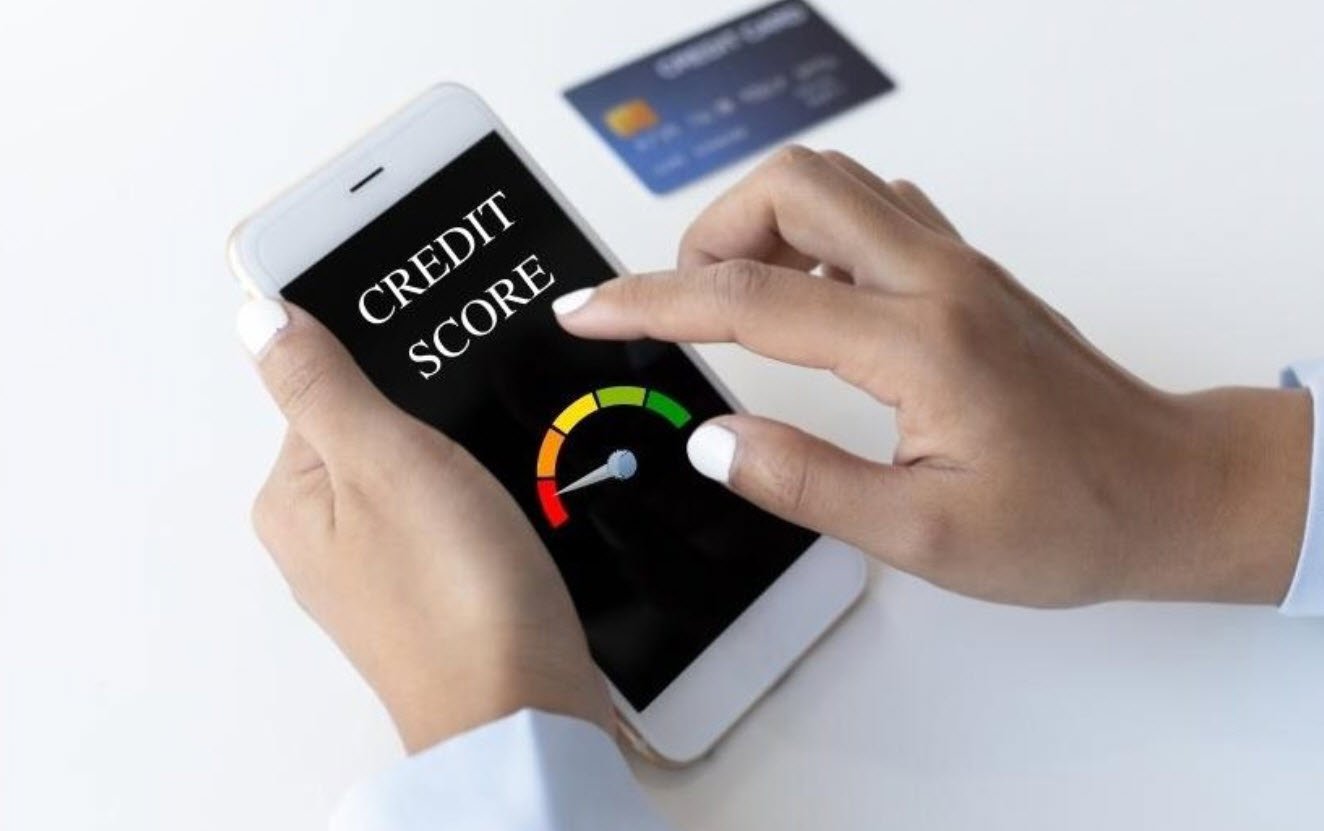
Selecting a credit card can be overwhelming, given the multitude of options available. Lenders are eager to offer their cards, but the key is to find the one that aligns with your financial situation.
Consider the following checklist to navigate the credit card landscape and make an informed decision:
1. Consider the APR (Annual Percentage Rate):
- The APR encompasses the interest rate, annual fees, and other service charges, providing a comprehensive view of the card’s cost over a year.
- Compare APRs among cards to identify the most cost-effective option.
2. Evaluate Your Repayment Plan:
- Decide whether you plan to carry a balance monthly or pay in full.
- If carrying a balance, opt for a card with low-interest rates; otherwise, focus on additional features.
3. Explore Card Benefits:
- Some cards offer rewards, such as frequent-flyer miles, cash rebates, or credits toward specific purchases.
- Assess whether the benefits justify any potential increase in the annual fee.
4. Examine Annual Fees:
- Annual fees can range from $35 to $90.
- If you intend to pay your balance in full monthly and don’t seek additional perks, consider a card with no annual fee.
- Inquire about fee waivers, especially if you have an excellent credit history or a significant relationship with the lender.
5. Understand Grace Periods:
- Look for cards with a grace period, typically around twenty-five days.
- A grace period allows you to pay your balance without incurring interest immediately after making a purchase.
6. Determine Interest Type:
- Choose between variable and fixed interest rates.
- Variable rates fluctuate based on market conditions, often tied to the prime rate, while fixed rates remain steady for a set period.
- Understand the implications of each type on your monthly interest payments.
7. Beware of Introductory Rates:
- Low introductory rates can be enticing but may increase significantly after the introductory period.
- Be mindful of the expiration date and consider switching cards if the terms are no longer favorable.
8. Watch for Additional Fees:
- Be aware of fees for exceeding credit limits, late payments, and transaction fees for cash advances.
- Understand the total cost of using the card beyond the interest rate.
9. Less Is More:
- Limit the number of credit cards you own to enhance your credit rating.
- Lenders may perceive multiple cards as increased debt risk, so focus on maintaining a minimal yet effective selection.
By evaluating these factors, you can sift through credit card offers more effectively and choose a card that aligns with your financial habits and goals.
You may also like:- How to Transfer Money from Credit Card to Bank Account
- Lifetime Free IndusInd Legend Credit Card – A Gateway to Amazing Benefits
- How To Get Your CIBIL Score Without a PAN Card
- Top 7 Smart Strategies to Save on Credit Cards
- How To Use A Credit Card Wisely
- Get Rewards For Paying Credit Card Bills – CRED Application Review






